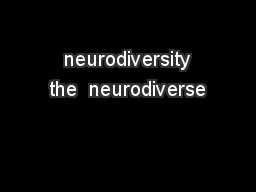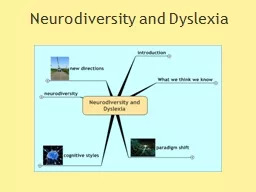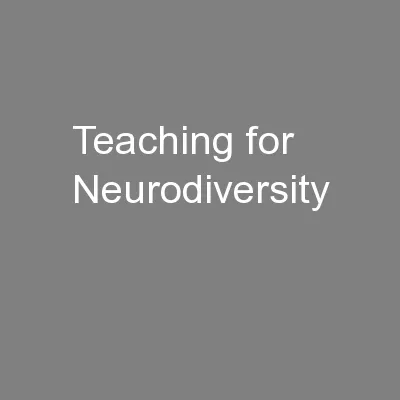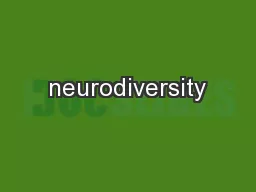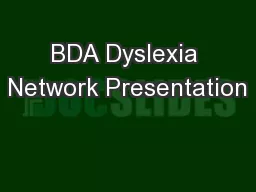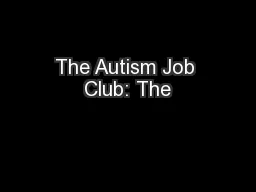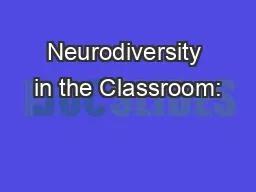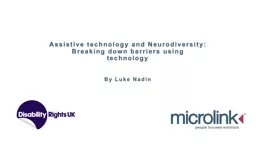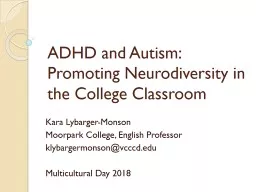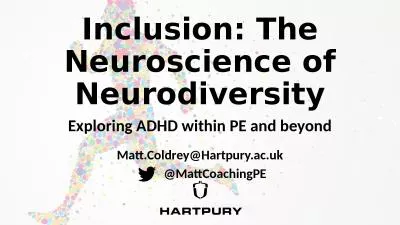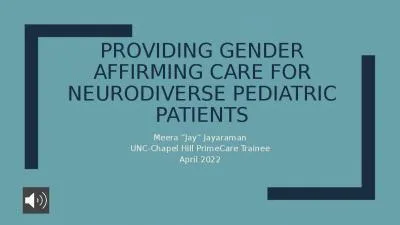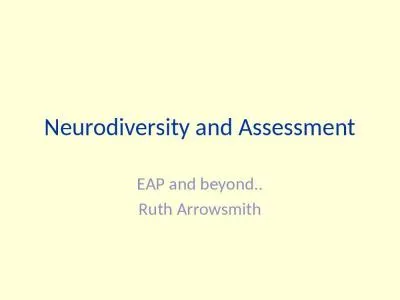PPT-neurodiversity the neurodiverse
Author : tawny-fly | Published Date : 2020-04-03
workforce A hidden talent pool 11182 neurodiversity The PEOPLE THE HISTORY THE behaviors THE STRATEGIES The PEOPLE EAP amp NEURODIVERSITY Dealing with autism spectrum
Presentation Embed Code
Download Presentation
Download Presentation The PPT/PDF document " neurodiversity the neurodiverse" is the property of its rightful owner. Permission is granted to download and print the materials on this website for personal, non-commercial use only, and to display it on your personal computer provided you do not modify the materials and that you retain all copyright notices contained in the materials. By downloading content from our website, you accept the terms of this agreement.
neurodiversity the neurodiverse: Transcript
Download Rules Of Document
" neurodiversity the neurodiverse"The content belongs to its owner. You may download and print it for personal use, without modification, and keep all copyright notices. By downloading, you agree to these terms.
Related Documents

